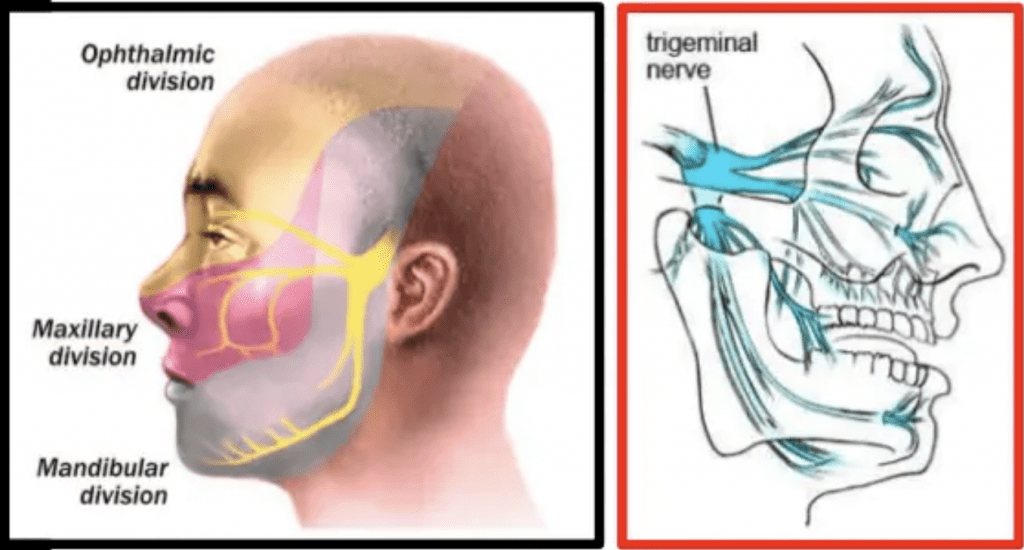
In his Book of Problems, Aristotle asked, “Why is it that one sneezes more after one has looked at the sun?”
It’s known as the photic sneeze reflex.
The phenomenon largely remains a mystery. The scientific name for a photic sneeze reflex is Autosomal-dominant Compelling Helio-Ophthalmic Outburst syndrome. Quite a mouthful that is rather aptly shortened to ACHOO syndrome!
What is ACHOO syndrome?
ACHOO syndrome has been described in the literature but has rarely undergone scientific investigation. The reflex is characterized by a sneeze when there is sudden exposure to intensive bright light. Usually, it follows exposure to sunlight, but some research suggests it can also happen with artificial light, like a camera flash or flash of UV light.
Who experiences ACHOO syndrome?
ACHOO Syndrome is understood to be hereditary in nature. Found to be more common than initially thought, between 18% and 35% of the population experiences the photic sneeze reflex.
ACHOO is referred to as “autosomal” because the affiliated gene is located on one of the non-sex-linked chromosomes, and “dominant” because you only need to inherit it from one of your parents to express the trait (50% chance). If both your parents have ACHOO syndrome, there’s a 75–100% chance that you will also develop the photic sneeze reflex.
The inconvenient truth
For most of us, the photic sneeze reflex is more of an inconvenient novelty—similar to hiccups, snoring, and yawning. But the mind wanders when contemplating harmful consequences of ACHOO syndrome.
Imagine yourself an acrobat balancing on a high-wire – ACHOO!
Or driving out of a tunnel into bright sunlight – ACHOO!
What about a combat pilot flying low – ACHOO!
A sneeze can be an inconvenient occurrence… and sometimes, dangerous.
What causes ACHOO syndrome?
Literature has described many different theories to explain ACHOO Syndrome. The leading hypothesis is the optical-trigeminal summation (OTS) theory. Um, what?
Let’s break it down: the nerve that controls the senses in your face is called the trigeminal nerve. Also known as the fifth cranial nerve, it’s the largest and most complex nerve in the head, with three major branches supplying the eye, the nasal cavity, and the jaw.
The branches that supply the eye and the nasal cavity are very close together. For most of us, the pathways involved in these two reflexes—though physically close—do not directly interact. But because the branches are so close together, the OTS theory suggests bright flashes of light that trigger your optic nerve might accidentally stimulate the nerve that feeds your nose at the same time causing a tingle that provokes a sneeze.
A second theory called “parasympathetic generalization” proposes that the two branches located near each other are co-activated. Activation of one particular branch might activate other branches. Researchers suggest that over-stimulating the optic nerve with bright light can fool the trigeminal nerve into thinking there is an irritant in the nose prompting a sneeze.
The role of light sensitivity
It is not uncommon to suffer from light sensitivity. A good pair of polarized sunglasses or transitions will often be enough to ease your discomfort.
Sometimes there can be more serious ocular implications of light sensitivity. It can be a sign of infection, inflammation, cataracts, thyroid eye disease, migraines, and more.
Studies have found certain supplements can help with light sensitivity. Carotenoids—zeaxanthin and lutein—are concentrated in the retina in the back of your eye. Dietary supplementation with these carotenoids has been linked to improvements in glare disability and recovery of vision in bright lights.
Your eye doctor will help you manage your light sensitivity by treating any underlying eye infection or inflammation. Filters in your eyeglasses, custom tinted contact lenses, wide-brimmed hats, and the addition of carotenoid supplements will all help alleviate uncomfortable symptoms and minimize ACHOO syndrome.
Take-home message
Photic sneeze reflex or ACHOO is a relatively common hereditary condition triggered by exposure to bright light.
Unless the photic sneeze reflex is going to jeopardize your safety there is no cause for alarm. Embrace your genetic quirk!


